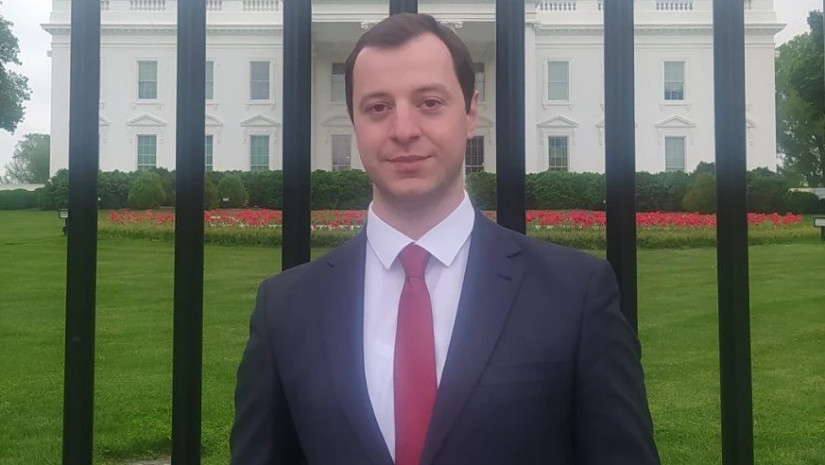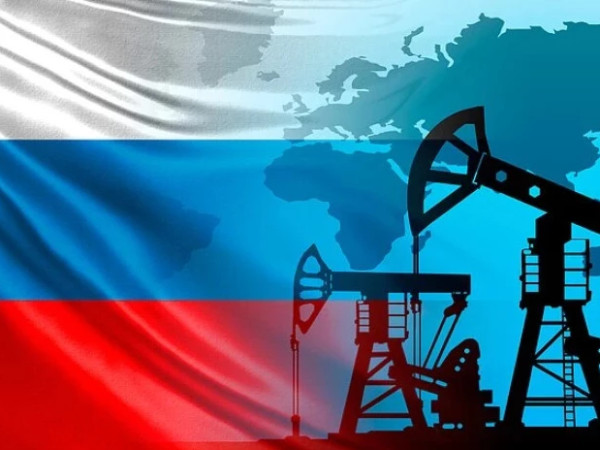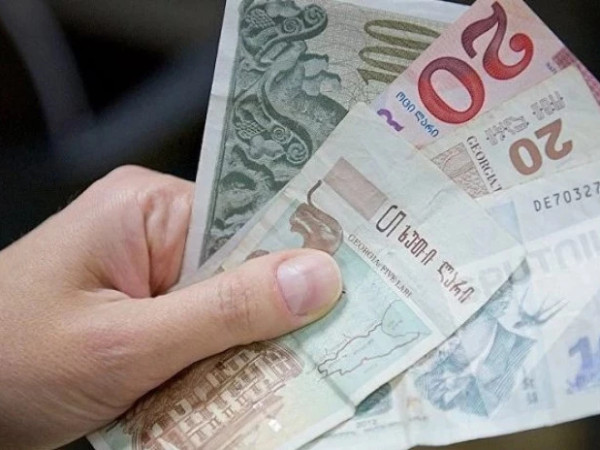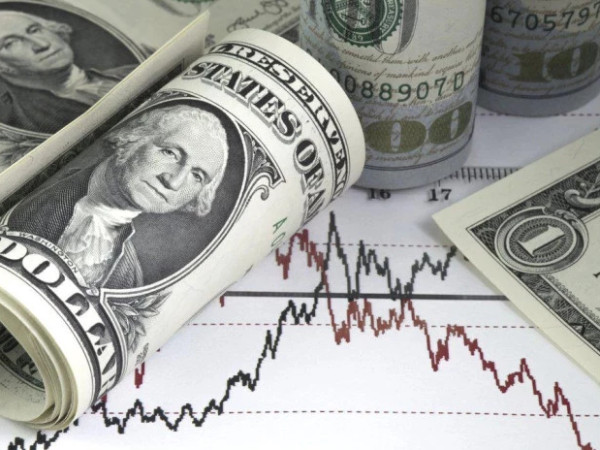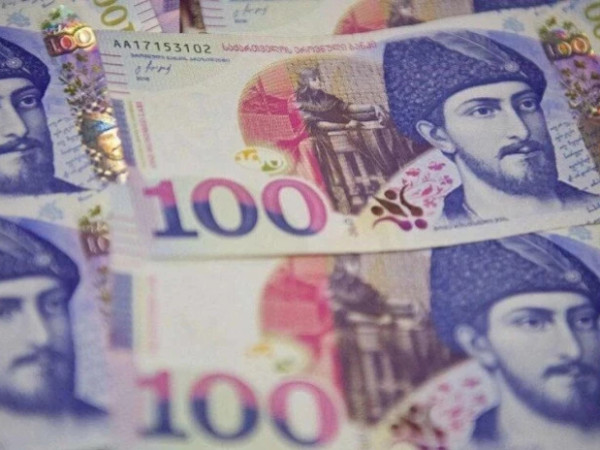The United States is attempting to change the agenda in global trade relations. During Donald Trump’s administration, the term "reciprocal tariffs" is frequently heard. Behind this term, America’s ruling elite envisions a mechanism to address negative trade balances, through which they aim to alter what they perceive as an unfair attitude toward the United States. Trump believes that the current international trade order is unjust toward the U.S. For this reason, his tariff policy is not solely driven by purely economic considerations. It also carries political motives.
The new tariff policy may seem confusing to many, as it is evident to everyone that a significant increase in export taxes means higher prices for goods. This move by Donald Trump affects not only trading partner countries but also the U.S. population itself, which will have to pay higher prices for imported products. This circumstance raises the question: What motivates Trump, and what does he aim to achieve by tightening tariffs? Why has the U.S. president developed a sense of injustice, and to what extent can he achieve balance with the chosen policy? On this issue, Commersant spoke with Buba Bagdavadze, an expert in international trade law.
"In this case, when we assess the new tariffs in the context of relations with various countries, we must acknowledge that they may serve a specific purpose. We cannot unequivocally perceive them as necessarily part of a pragmatic economic plan tied solely to establishing a tariff regime and linked to obtaining certain tax benefits. Beyond being an economic step, this process could serve as a lever for political influence over countries. This is precisely why these tariffs are called 'reciprocal tariffs' rather than simply tariff percentages defined by certain economic factors, and they carry additional substantive weight beyond economics. 'Reciprocal,' in the view of Trump’s administration, refers to a mechanism to offset negative trade balances, implemented within a unified policy framework. While domestic tax regulations are being eased to create conditions for attracting investment, increased tariffs on imported goods effectively push production facilities located in other countries (including American companies that have moved their production abroad) to return to U.S. jurisdiction. Alternatively, it encourages manufacturers who previously lacked the motivation to incorporate directly in the U.S. to do so through domestic investment, continuing their operations under tax incentives and the complexities of the tariff regime. Predicting how effective this will be in terms of execution is difficult, but we can already evaluate what is factual. We can say that such an international trade regime creates a different reality, one full of numerous challenges," – states Buba Bagdavadze.
The international trade law expert says that Trump is driven by a desire to bring production and investment back to America. The president believes that other countries have taken advantage of the situation, reaping financial benefits while the U.S. remained merely a payer. As a result, America has lost a significant amount of money and wealth. The new administration assesses the situation as follows: Many countries have benefited at the expense of the U.S.’s highly purchasing-powerful market, while America has lost revenue. By imposing tariffs, Donald Trump seeks not only financial gains, the return of production to America, and the restoration of fair trade but also views this approach as a mechanism for political pressure. Despite Trump’s tough and strict stance, room for negotiations still remains.
"Trump’s position supports the assessment that other countries benefited from the U.S. market while much of the production was outside U.S. jurisdiction, automatically translating into a situation where production opportunities and taxes remained in those other countries. This ultimately benefited those countries rather than the United States directly. If an investment project were implemented in the U.S., the circulation of money would occur within its own economy. This is why, under the new administration, they believe that many other countries gained benefits at the expense of their highly purchasing-powerful market, while the U.S. was left merely in the position of a payer. At the same time, the amount of money remaining directly on U.S. territory was not as significant as it could have been otherwise. The new administration often evaluated their measures from this perspective. This is very clearly reflected in the term 'reciprocal tariffs.' They believe this can restore equilibrium and balance. Donald Trump himself has stated that this could serve as a pressure mechanism to facilitate further negotiations. For example, if we look at the European Union’s statement, it was explicitly mentioned that, while the EU is planning to use countermeasures in response, these will still be cautious and proportional, with an approach oriented toward negotiations. Many countries have already decided not to impose retaliatory tariffs, effectively creating space for negotiations with the U.S. and further economic initiatives," – Buba Bagdavadze states.
The international trade law expert explains that imposing tariffs comes with difficulties and challenges related to rising prices for goods and services. It also impacts the economic and trade relations between countries.
"Increased tariffs automatically mean higher prices for exported goods. The U.S. is a very large market with over 340 million people. It is also a market with high purchasing power. Consequently, many trading partners depend on it. Therefore, private actors who must adapt to the new tariff regime will, of course, face additional financial costs. Ultimately, this affects the prices of goods and services and the bilateral economic relations between countries," – explains Buba Bagdavadze.
The international trade law expert cites the desire to restore balance as a logical explanation for implementing strict tariffs. Buba Bagdavadze believes that Trump uses the strict tariff policy as a pressure mechanism to balance relations among trading partners. Until this happens, the situation remains chaotic, though space for negotiations between states has been left open.
"The policy of restoring balance remains a logical explanation for the U.S. administration’s use of tariffs. The expectation that this could be long-term or permanent is less consistent with the modern international trading system. The process may not finalize in the short term, but current trends, in my opinion, show room to assume that this is a step used as a pressure mechanism to achieve a certain type of balance among trading partners. In the short term, increased tariffs in this form will not be comfortable, primarily for private actors. This is not the first time something like this has happened. The previously existing international trade regime, while perhaps not perfectly implemented, still ensured that countries understood the need for an equal approach toward trading partners, and economic wars were not the driving mechanism in interstate relations. In the U.S., it has long been believed that over time this balance became unfair for certain actors, in response to which they began an active policy of influence through tariffs and protecting their interests with different approaches. However, pragmatically speaking, how ideal is this model? That’s a separate matter for discussion. It’s a rather risky step. In the short term, it significantly complicates operations for any actor in the market. This, of course, also poses a significant challenge for governments. But if the pace of investment in the United States, in the long term, matches economic development indicators that balance out the price increases for goods and services caused by tariffs, then this could become beneficial for them. Nevertheless, I don’t think the United States aims to maintain the status quo on existing tariffs in the long term. In this form, it’s hard to imagine the functioning of the modern international trading system," – states Buba Bagdavadze.







